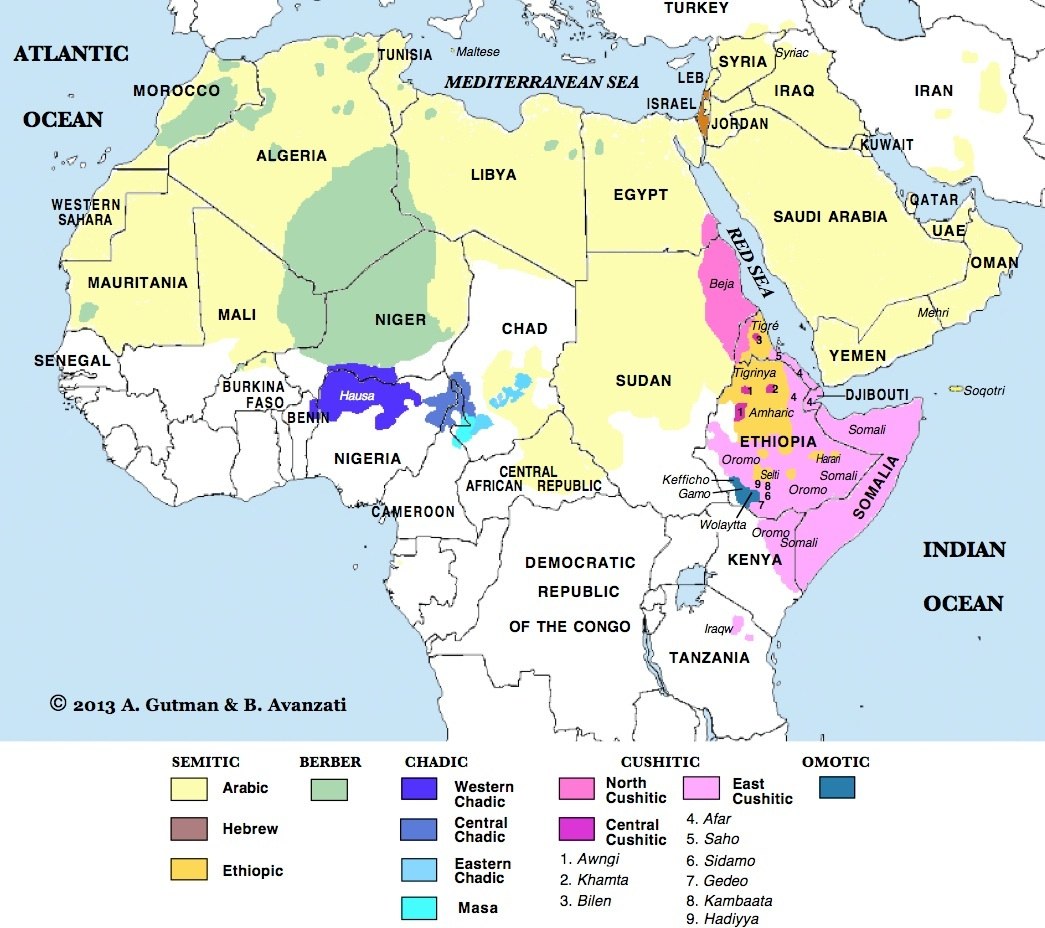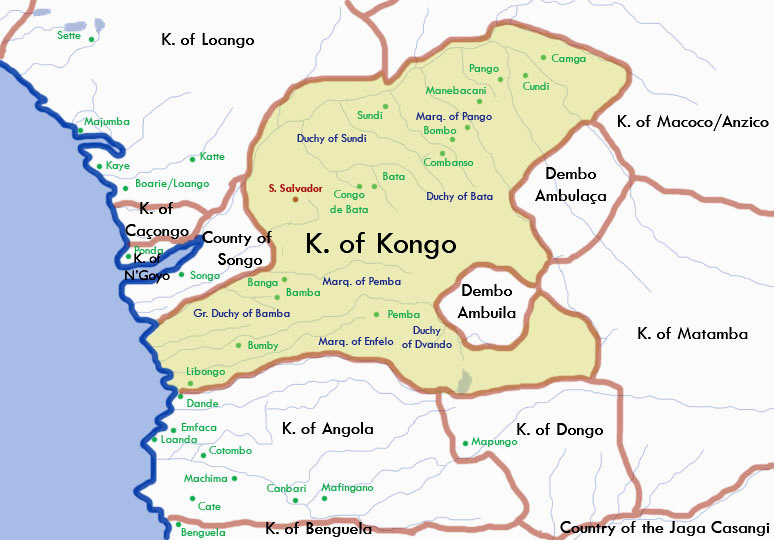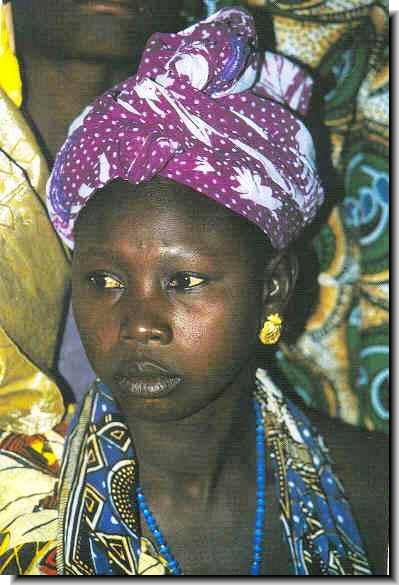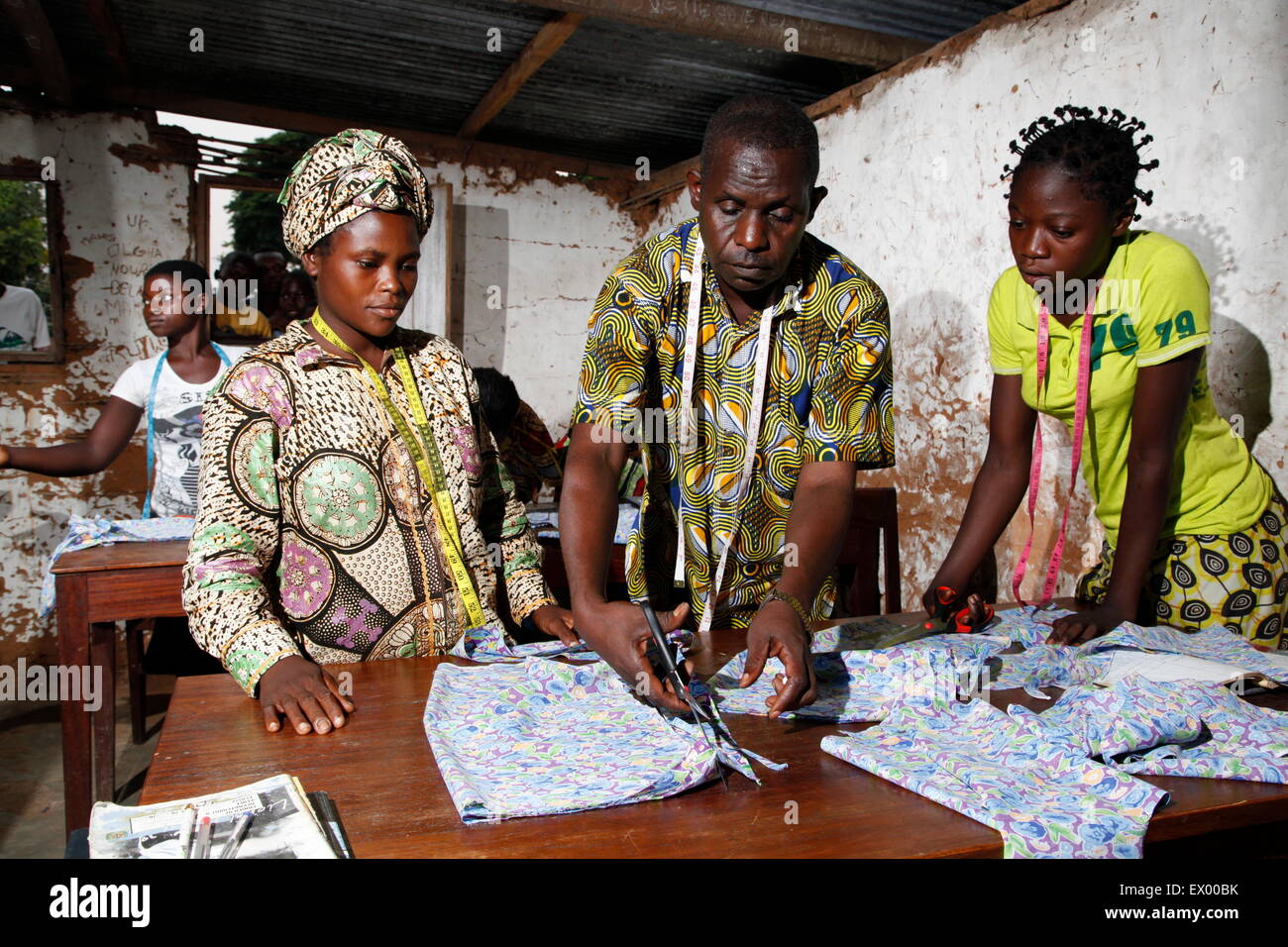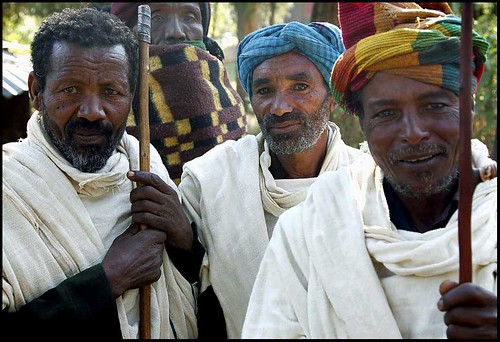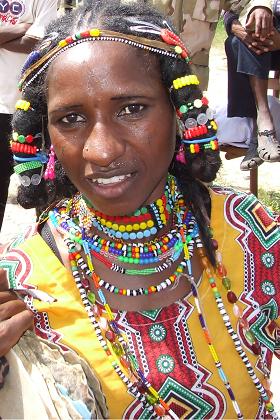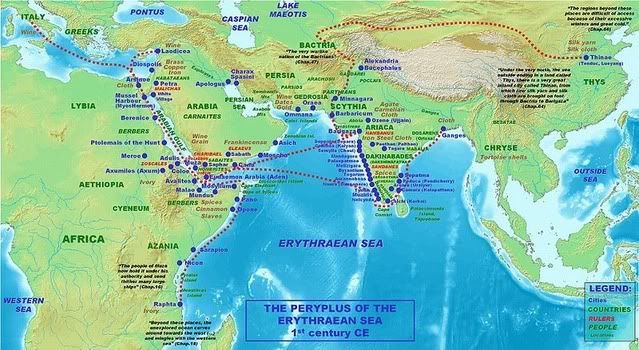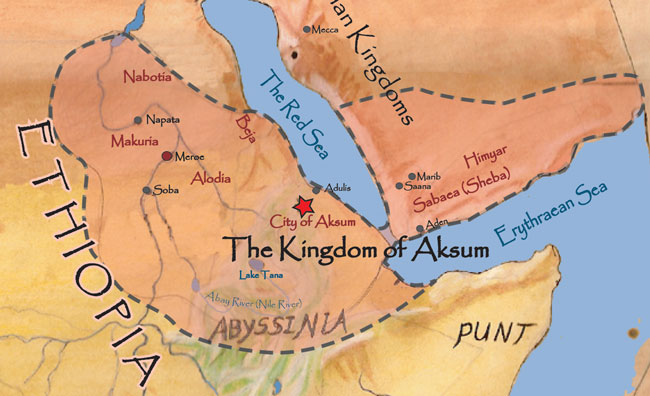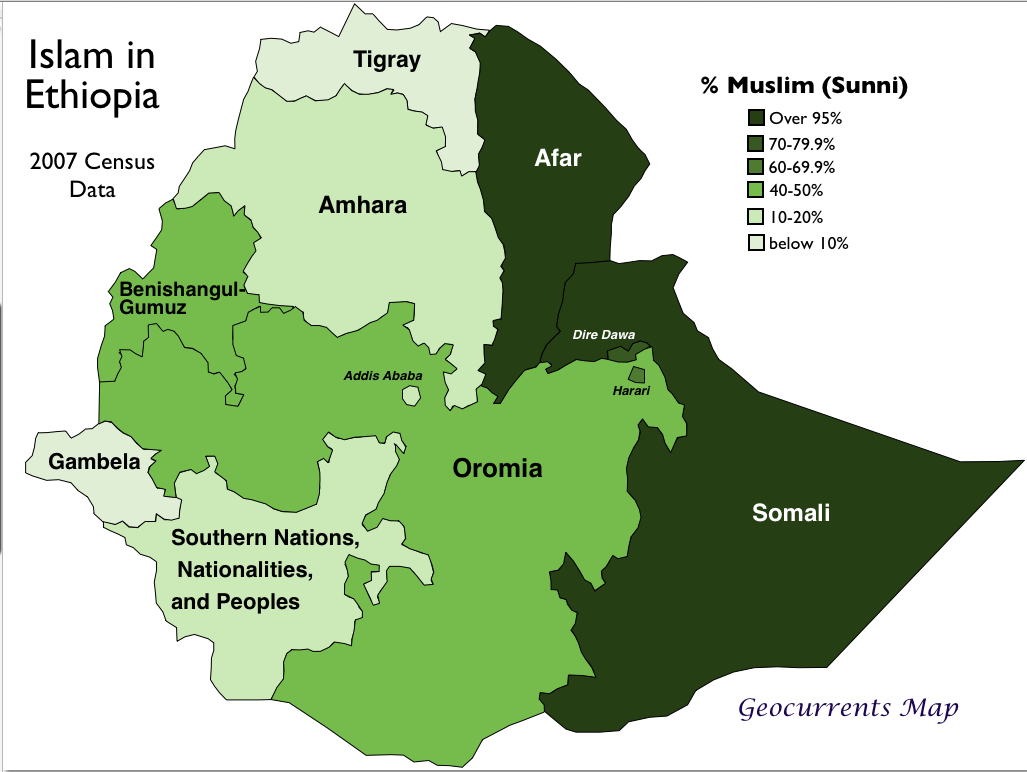The Odum of Ala Igbo
Hail Biafra!
The Agricultural Transformation of Africa and its effects on its peopling

- The peopling of Africa as we know it would've been impossible without African ingenuity which led to the intentional control of plant/animal growth for food/textiles/shelter/tools etc. It also led to the domination of this type of economy over gatherer-hunter groups across the continent.
- Some examples of important food crops of African origin:
- Sorghum (Sahel-savanna)
- Bulrush millet (Sahel-Savanna)
- Finger millet (Ethiopian highlands)
- African rice (Upper Niger valley)
- Hungry rice (Upper Niger valley)
- Teff (Ethiopian highlands)
- Cowpea (Forest-savanna ecotone)
- Pigeon pea (Forest-savanna ecotone)
- Bambara groundnut (West African savanna)
- Guinea yam (West African rainforest)
- Watermelon (West African rainforest)
- Ensete (Ethiopian humid forest)







